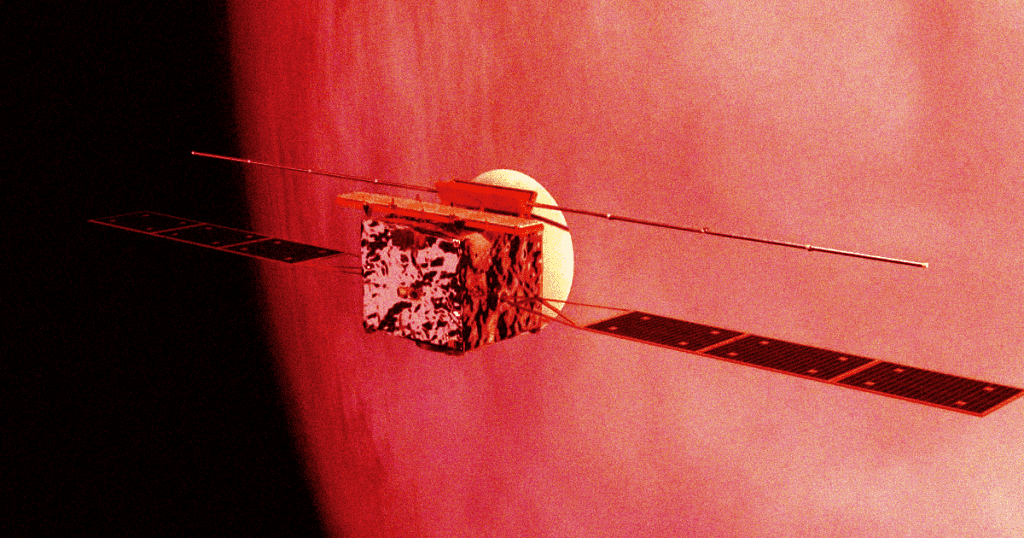The European Space Agency is making preparations to send an orbital spacecraft to Venus. This is a huge project and will need to have a very smart framework behind it so it can survive the planet’s extreme atmosphere.
In a recent statement, the ESA described the stark difficulties facing its EnVision mission. The major issue that is being faced by the team is its “hot, thick atmosphere,” which is made up of carbon dioxide and sulfuric acid fumes, making it the hottest planet in our Solar System.

The agency will need a detailed game plan to “surf” the Venusian atmosphere so it does not burn the minute it is sent to the planet.
At the moment, the ESA is developing a tried-and-true “aerobraking” method, which involves the spacecraft slowing down significantly so that it can lower its orbit to just above the inner edge of the planet’s roiling atmosphere.
At this stage, it will try to collect as much information as possible about the planet below. If all goes according to plan, EnVision will repeat this process over thousands of orbits.
According to EnVision study manager Thomas Voirin, the craft will get as low as 93 miles above Venus’ surface to get the best possible images. This whole process will require the orbital probe to tolerate the planet’s hostile atmosphere.
To help it do just that, engineers at the ESA are testing a range of different materials and coatings to protect the spacecraft’s delicate scientific instruments.

ESA announced the EnVision mission in 2021 and hopes that it will arrive at Venus in the “early 2030s,” which is only a few years after NASA’s scheduled 2029 launch date of its ambitious DAVINCI mission, which involves both an orbiter and a descent probe.


